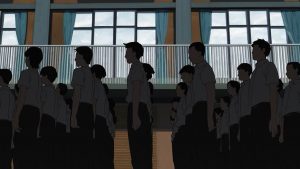 Sonny Boy was a lot of things, but it certainly wasn’t a mass-produced model. The first thing that should probably be said is that I very much appreciate it. I’m glad it exists – it’s a truly singular piece of fiction that represents the aesthetic of its creator with seemingly minimal corporate meddling. Those are rare in anime, where the idea of “committee” has become encoded all the way to the medium’s DNA. Sonny Boy is, as I noted once before, like a single barrel whisky – you never know exactly what you’re going to get, but it’s going to be unique, with no blending or batching to smooth over the rough edges.
Sonny Boy was a lot of things, but it certainly wasn’t a mass-produced model. The first thing that should probably be said is that I very much appreciate it. I’m glad it exists – it’s a truly singular piece of fiction that represents the aesthetic of its creator with seemingly minimal corporate meddling. Those are rare in anime, where the idea of “committee” has become encoded all the way to the medium’s DNA. Sonny Boy is, as I noted once before, like a single barrel whisky – you never know exactly what you’re going to get, but it’s going to be unique, with no blending or batching to smooth over the rough edges.
 That said, I would be lying if I said I loved it. The series engaged me intellectually more than emotionally, but even there an element of indifference exists. I’m not going to say that Natsume Shingo was dishonest with the audience, because he never pretended Sonny Boy was anything apart from what it ended up being. The issue for me is a lack of clarity, or even seemingly interest in providing it. I get the sense of Natsume riffing for twelve episodes, which is undeniably fascinating but ultimately (for me) unsatisfying. There were no explanations, no real resolutions – just a bunch of interesting and often contradictory ideas strung together in semi-chronological order.
That said, I would be lying if I said I loved it. The series engaged me intellectually more than emotionally, but even there an element of indifference exists. I’m not going to say that Natsume Shingo was dishonest with the audience, because he never pretended Sonny Boy was anything apart from what it ended up being. The issue for me is a lack of clarity, or even seemingly interest in providing it. I get the sense of Natsume riffing for twelve episodes, which is undeniably fascinating but ultimately (for me) unsatisfying. There were no explanations, no real resolutions – just a bunch of interesting and often contradictory ideas strung together in semi-chronological order.
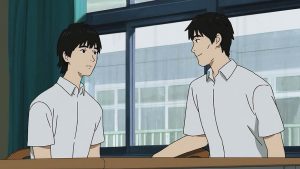 Maybe that comes down to personal taste. I love Miles Davis better during his hard bop and modal jazz period than when he went fully free-form and experimental. Hey, I like a nice melody – so shoot me. Maybe that makes me a pleb and not sophisticated enough to fully embrace Sonny Boy’s genius, I don’t know. I do appreciate it, especially for its relentlessly fascinating visuals and resolutely iconoclastic nature (and its music). But give me a choice between a Van Gogh and a Paul Klee and I’ll take the Van Gogh every time. But I’d still take the Klee over the variations on “Dogs Playing Poker” that constitutes the bulk of anime these days.
Maybe that comes down to personal taste. I love Miles Davis better during his hard bop and modal jazz period than when he went fully free-form and experimental. Hey, I like a nice melody – so shoot me. Maybe that makes me a pleb and not sophisticated enough to fully embrace Sonny Boy’s genius, I don’t know. I do appreciate it, especially for its relentlessly fascinating visuals and resolutely iconoclastic nature (and its music). But give me a choice between a Van Gogh and a Paul Klee and I’ll take the Van Gogh every time. But I’d still take the Klee over the variations on “Dogs Playing Poker” that constitutes the bulk of anime these days.
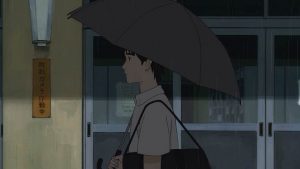 As to what actually happened in the finale, I’m hesitant to try and interpret (much less explain) it, because I’m not convinced Natsume himself could do so. And I think one has to accept with this series that explanations and making sense really aren’t the point. Was this all real, or was it a metaphor for Nagara’s social anxiety disorder? Is there no connection between this Nozomi and Asakaze – who’re together in the “real” world, by the way (eww) – and the ones Nagara and Mizuho left behind in the driftlands? Where were Rajdhani and Hoshi in this world – and if they were present, why didn’t Nagara try and befriend Raj?
As to what actually happened in the finale, I’m hesitant to try and interpret (much less explain) it, because I’m not convinced Natsume himself could do so. And I think one has to accept with this series that explanations and making sense really aren’t the point. Was this all real, or was it a metaphor for Nagara’s social anxiety disorder? Is there no connection between this Nozomi and Asakaze – who’re together in the “real” world, by the way (eww) – and the ones Nagara and Mizuho left behind in the driftlands? Where were Rajdhani and Hoshi in this world – and if they were present, why didn’t Nagara try and befriend Raj?
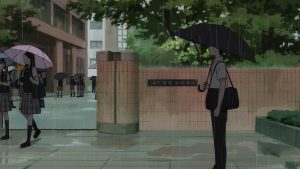 If you’re keeping score, it’s apparently ride a Saturn 5 into orbit, build up to faster than light, and head for the nexus point of dimensions. The drifting Asakaze is there, and he takes a karmic hit to make up for his counterpart’s good fortune – seemingly left behind utterly alone. Not that Nagara’s life in his old world is anything to write home about. Nozomi is taken, he still has no friends, and he supports himself working at a banquet hall in a hotel where his sempai berates and abuses him. And Mizuho pretends she doesn’t know him, too – I’m not sure why she initially did that, though she did come around in the end.
If you’re keeping score, it’s apparently ride a Saturn 5 into orbit, build up to faster than light, and head for the nexus point of dimensions. The drifting Asakaze is there, and he takes a karmic hit to make up for his counterpart’s good fortune – seemingly left behind utterly alone. Not that Nagara’s life in his old world is anything to write home about. Nozomi is taken, he still has no friends, and he supports himself working at a banquet hall in a hotel where his sempai berates and abuses him. And Mizuho pretends she doesn’t know him, too – I’m not sure why she initially did that, though she did come around in the end.
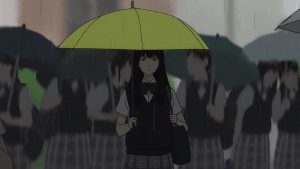 In point of fact, this whole post-return sequence had a very Evangelion – or Anno Hideaki at the very least – feel to it. I don’t think one could describe it as anything but melancholic, though I suppose Nagara does seemed to have gained enough perspective from his travels to accept that obstacles are just part of the journey. In last week’s analysis I said that I hoped this finale would focus on Nagara and Mizuho’s reasons for deciding to come back, and in point of fact she asked him that very question this week. Not that the answer was particularly satisfying…
In point of fact, this whole post-return sequence had a very Evangelion – or Anno Hideaki at the very least – feel to it. I don’t think one could describe it as anything but melancholic, though I suppose Nagara does seemed to have gained enough perspective from his travels to accept that obstacles are just part of the journey. In last week’s analysis I said that I hoped this finale would focus on Nagara and Mizuho’s reasons for deciding to come back, and in point of fact she asked him that very question this week. Not that the answer was particularly satisfying…
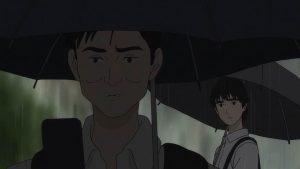 Sonny Boy leaves us not just with a ridiculous tangle of loose plot threads, but a lot of interesting philosophical questions. Frankly I’m not sure Nagara and Mizuho made the right choice but more than that, I think this series begs the question of whether what they experienced in the Drift was any less “real” than the world they chose to return to. Time apparently moves at different speeds for different people in there (that’s one of those things for which no explanation is forthcoming), but for MizuGara it was only two years apparently. If it had been a lot longer, I very much doubt they would have been able to slip back into their 0ld lives – and more interestingly, probably not willing either.
Sonny Boy leaves us not just with a ridiculous tangle of loose plot threads, but a lot of interesting philosophical questions. Frankly I’m not sure Nagara and Mizuho made the right choice but more than that, I think this series begs the question of whether what they experienced in the Drift was any less “real” than the world they chose to return to. Time apparently moves at different speeds for different people in there (that’s one of those things for which no explanation is forthcoming), but for MizuGara it was only two years apparently. If it had been a lot longer, I very much doubt they would have been able to slip back into their 0ld lives – and more interestingly, probably not willing either.
 Even if Sonny Boy was not, for me, a brilliant work, it was the sort of series which often is. It’s nice to see Madhouse doing something like this, and it’s essential to anime’s creative survival that auteurs like Natsume are allowed to take chances and express themselves through anime. Great works of art are rarely created by committees – they’re created by individuals who follow their vision wherever it leads them. It’s the nature of the medium that an anime creator needs support from the production system to do this, and as the Hoshiai no Sora atrocity shows us, that support can be a fleeting thing. Sonny Boy gives the impression of a series that was never forced to compromise, and whatever the result, as anime fans that’s something we should always celebrate.
Even if Sonny Boy was not, for me, a brilliant work, it was the sort of series which often is. It’s nice to see Madhouse doing something like this, and it’s essential to anime’s creative survival that auteurs like Natsume are allowed to take chances and express themselves through anime. Great works of art are rarely created by committees – they’re created by individuals who follow their vision wherever it leads them. It’s the nature of the medium that an anime creator needs support from the production system to do this, and as the Hoshiai no Sora atrocity shows us, that support can be a fleeting thing. Sonny Boy gives the impression of a series that was never forced to compromise, and whatever the result, as anime fans that’s something we should always celebrate.


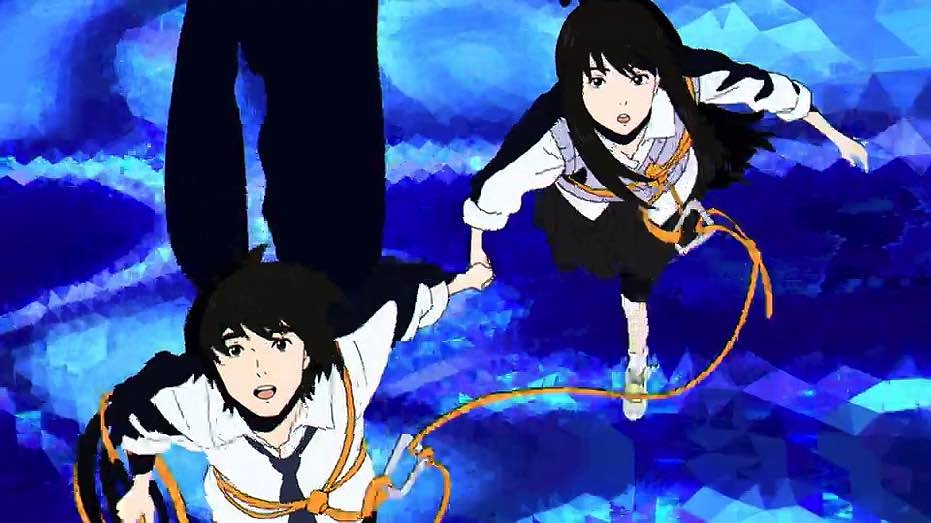
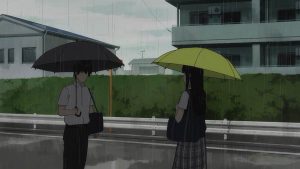

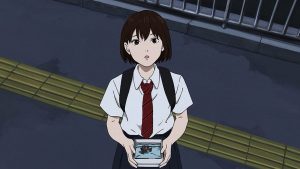
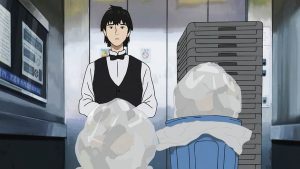

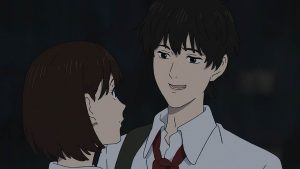
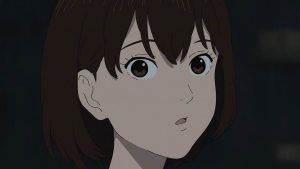

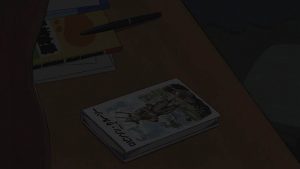




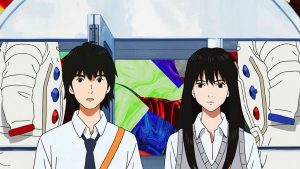

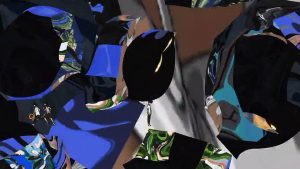
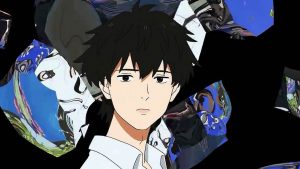
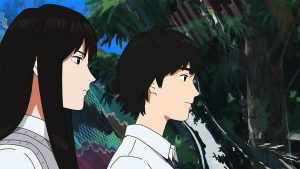




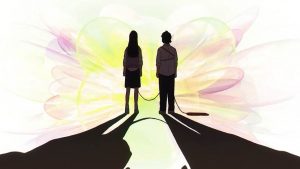
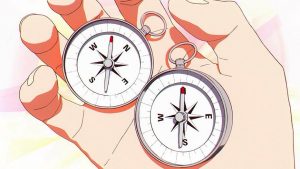
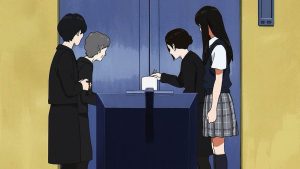

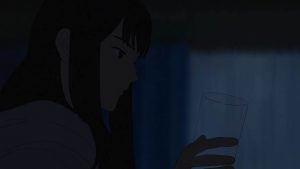
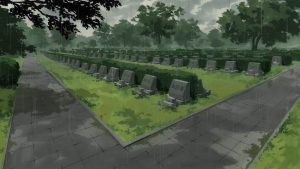



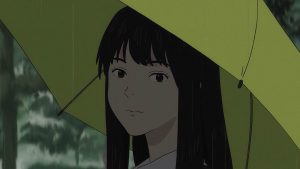



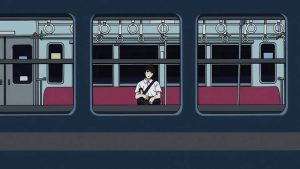


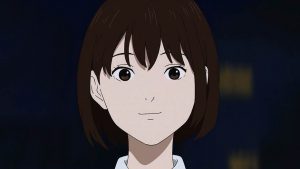
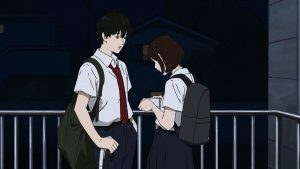


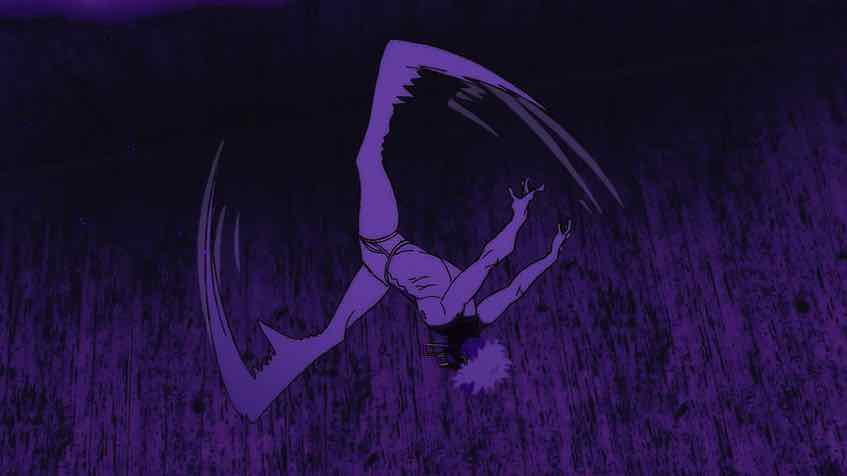
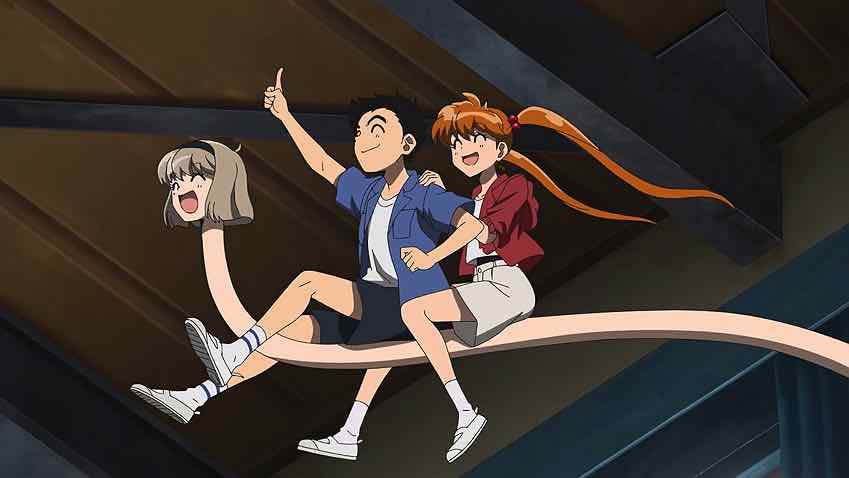
Nalani
October 1, 2021 at 9:49 pmDid you ever feel like Sonny Boy wandered into “pretentiousness for its own sake” territory?
I have a few friends who share that opinion, though I don’t. For me it was fascinatingly weird.
I don’t know if you’ve seen this, but I thought of you when I did:
https://twitter.com/joseinextdoor/status/1441764359500226567
Guardian Enzo
October 1, 2021 at 10:43 pmNo, not really. I think it was Natsume being honest, not pretentious – he just didn’t give a flip about consistency or resolving anything.
nixx
October 2, 2021 at 6:10 amI feel kinda bad after finishing this series. What was all that about? Really. Was it some artistically unique but simultaneously sad nonsense?
MC got nothing. We don’t know for sure why Mizuho came back. She had plenty of things to do, she said. Nozomi’s death was rather unexpected and shockingly casual. Other guys just got lost in other worlds. It looked like a story ala how Nagara spent his summer vacation, but without a happy ending. I don’t even talk about all the confusing technical/ science aspects of their journey.
It’s great that the author got the freedom to implement his vision, but if he couldn’t make a coherent story, why bother to make 12 episodes? Make it shorter, make it a movie, perhaps.
Bukszie
October 2, 2021 at 6:23 amI’m in support of authors having a lot of say in their projects but things like this show why studio interference exists and why some works benefit from it
This felt indulgent. Like the author wanted to tell a story but he didn’t care if his audience understood that story
I’m all for different but good and interesting different not this. This type of work is likely to make studios more hesitant to do something different which will be a shame
Guardian Enzo
October 2, 2021 at 8:24 amI disagree in this sense – I think production committee interference (which is the real issue, not studio interference) hurts far more often than it helps. As to whether Sonny Boy will discourage the production of more series like Sonny Boy, I honestly don’t know. I have to assume the entities behind it knew they were getting something that’d be weird and not mainstream – I’m not sure it much matters to them whether it’s coherent or really weird.
Red
October 2, 2021 at 8:50 pmWith regards to Eva, have you seen the 4th rebuild movie and made a review? I think I missed it.
Guardian Enzo
October 2, 2021 at 9:25 pmSaw it, but my policy is not to review until I see a subbed version. It had its moments to be sure (especially the extended prologue sequence).
Chrysostomus
March 1, 2023 at 5:38 amIt started out interesting, but then it really did become a “2deep4u” overly abstract gobbledygook where nothing makes sense, the metaphors crash into themselves, and has way too many unresolved and random plot threads that never amounted to anything.
Very sad, very disappointing.